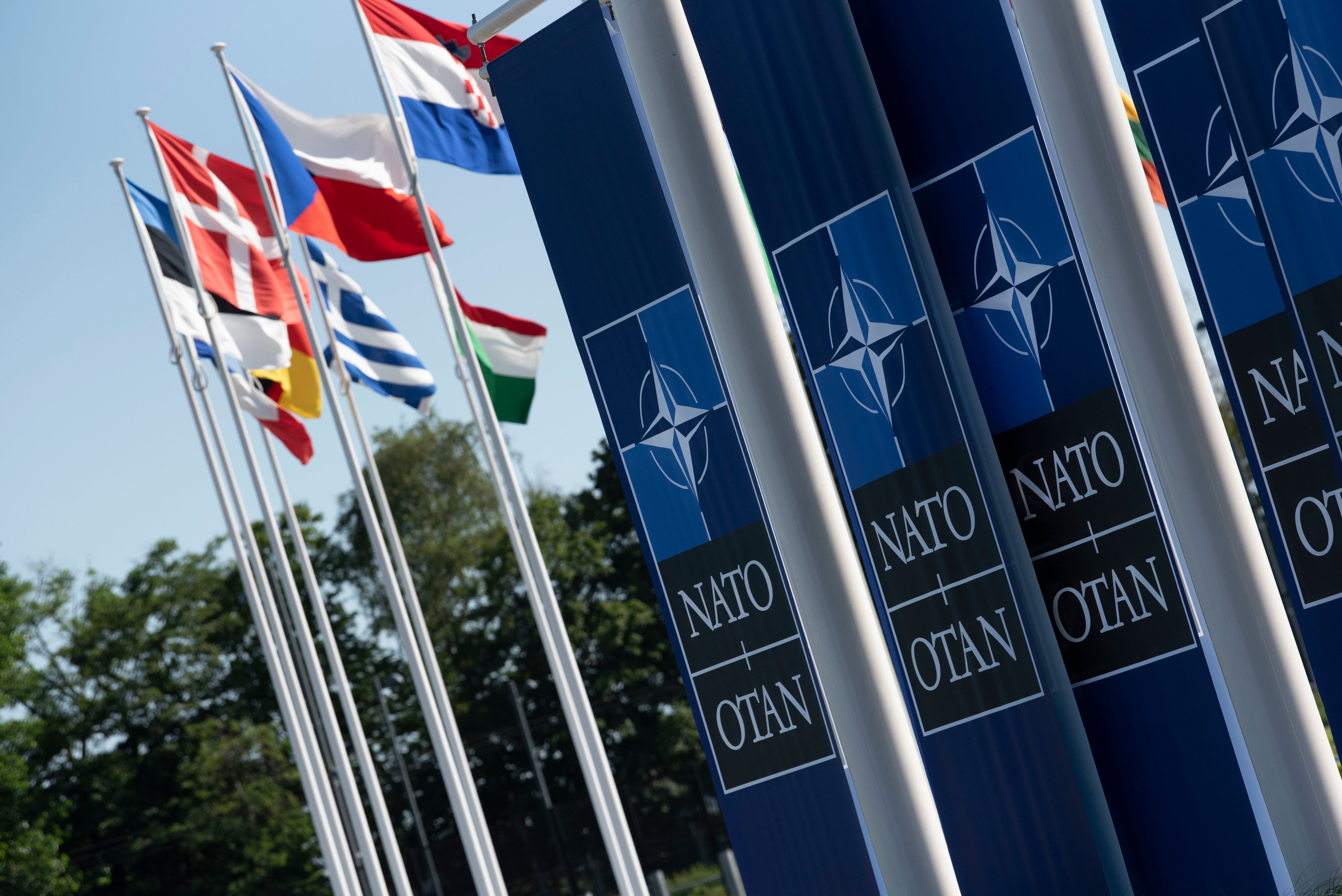Egypt’s special operations forces will soon be on the receiving end of the Egyptian Integrated Soldier System -- a helmet and weapon-mounted battlefield electronics system designed to bring Egpytian asymmetric warfare units closer to parity with their western counterparts.
Egypt’s move comes at the same time as Russia’s pursuit of a next-generation battle suit, known as Ratnik.
While Ratnik places a heavy emphasis on broadly evolving the capabilities and survivability of the average Russian infantryman, EISS only aims to make special operations soldiers more electronically integrated with their teams.
The French military has already implemented something similar to EISS back in 2010, known as FELIN.
Developed by Safran Electronics & Defense, FELIN turns each individual soldier into a platform from which data can be gathered and disseminated on the battlefield via a central processing “nerve center”.
Optical sensors, imaging devices, an advanced communications suite, and helmet display which can feed the wearer imagery from various cameras and sensors.
Compared to FELIN, EISS is a no-frills project that focuses entirely on generating and sharing critical pictures and videos between unit commanders and subordinates than it does enhance the user’s communications systems as well as his protective gear.
EISS’s roll-out will consist of two basic configurations -- the commander and the soldier system.
The soldier system uses a helmet-mounted eyepiece to bring up images from other electro-optical sensors plugged into helmets, assault rifles, machine guns, and the daylight scopes of RPG-7 launchers.
Commander systems feature all of the above, plus a thermal sight.
The system’s power comes from a rechargeable battery pack which is worn on the end user’s belt, with the controls present on the power device.
Currently, it’s unclear just how many Egyptian units will receive the final EISS product. The Egyptian Army maintains 8 special forces regiments, known as “Sa’ka Forces” (translated to Thunderbolt Forces), comprised of 24 battalions.
It’s possible that the initial fielding will be limited some of the country’s more secretive high speed outfits, such as Units 777 and 999, which function in a similar role to the British SAS or the US Army’s Delta Force.
As development and production costs decrease, regimental Sa’ka commandos will eventually find themselves equipped with the new helmet mounted displays.
With the Egypt historically maintaining a good relationship with Russia in terms of importing military hardware, it’s also possible that EISS might remain a utility available only to special operations units while the country pursues buying an export version of Ratnik for its conventional forces.
Ian D’Costa is a correspondent with Gear Scout whose work has been featured with We Are The Mighty, The Aviationist, and Business Insider. An avid outdoorsman, Ian is also a guns and gear enthusiast.










